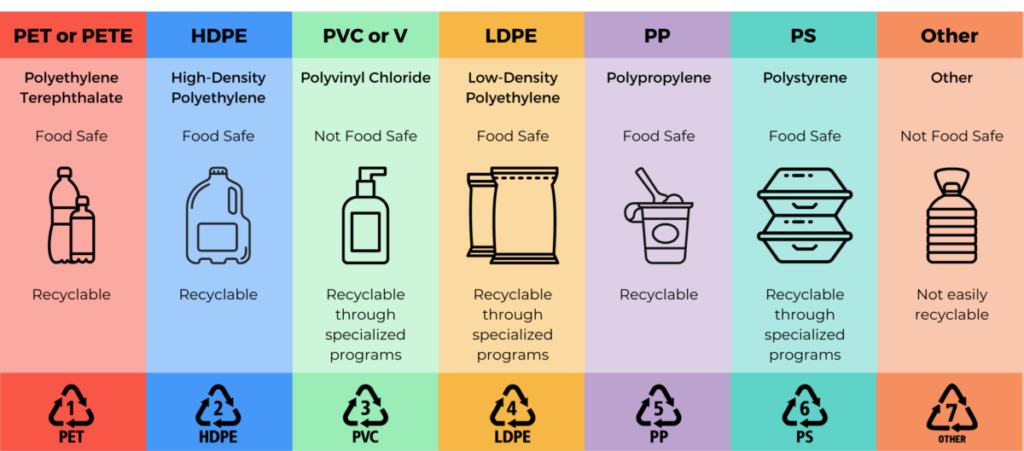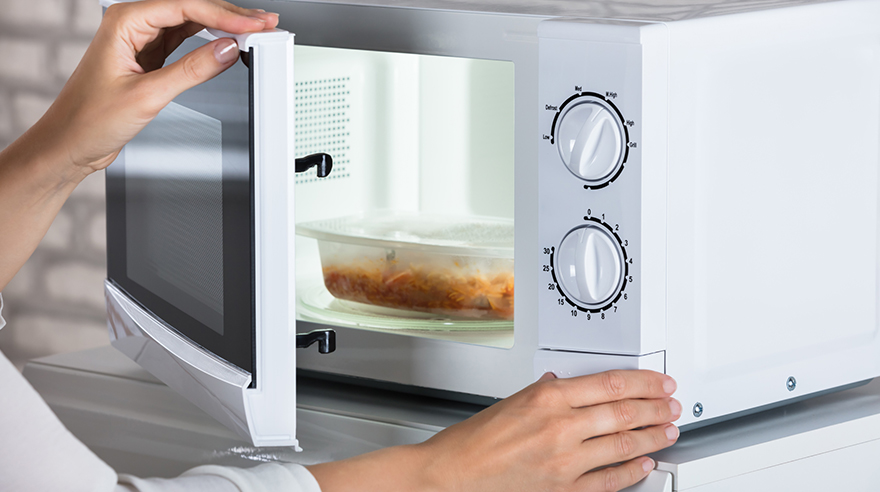Introduction
Microwaving food in plastic compartments is a typical practice in numerous families. It’s speedy, helpful, and viable for warming extras or planning feasts. In any case, as the microwave warms food in plastic holders, concerns have emerged about whether it’s protected to eat from microwaved plastic. This question originates from potential well being gambles related with synthetic compounds in specific plastics, particularly when they are presented to warm.
In this article, we’ll investigate the possible risks of microwaving food in plastic, the science behind it, and tips for securely involving plastics in the microwave.
The Expected Dangers of Microwaving Plastic
Filtering of Hurtful Synthetics: Numerous plastics contain synthetic substances, for example, bisphenol A (BPA) and phthalates, which are utilized to relax plastic or make it more sturdy. At the point when plastic is warmed in the microwave, these synthetics might possibly filter into the food. BPA, specifically, has been connected to hormonal disturbances and other wellbeing concerns, prompting it being restricted in child bottles and sippy cups in a few nations.
While the gamble of BPA openness from microwaving food in plastic is as yet discussed, studies have shown that warming plastic holders might improve the probability of synthetic substances draining, particularly when the plastic is old, scratched, or presented to high temperatures.
Microplastics: Late exploration has raised worries about microplastics, small parts of plastic that can sever from holders over the long run. Microwaving plastic could make little pieces split off and wind up in your food. Albeit the wellbeing effects of ingesting microplastics are not yet completely comprehended, researchers are exploring their likely impacts on human wellbeing, especially on the insusceptible framework and gastrointestinal plot.
Plastic Corruption: Plastics can debase over the long haul, particularly when presented to high intensity. Old, broken down plastic holders are bound to twist, break, or deliver synthetic substances. Microwaving such holders could expand the gamble of substance openness. Reviewing plastic holders for mileage prior to involving them in the microwave is significant.
Which Plastics Are Alright for Microwaving?
Not all plastics are made equivalent with regards to somewhere safe in the microwave. A few plastics are microwave-protected, while others might deliver destructive synthetic compounds when presented to warm. Here is a breakdown of normal sorts of plastic and their microwave security:

Polypropylene (PP): By and large considered microwave-safe, polypropylene is a typical plastic utilized in microwave-safe compartments. It has a high liquefying point and is less inclined to deliver hurtful synthetics when warmed.
Polyethylene (PE): This kind of plastic, frequently utilized in plastic sacks or wraps, is additionally viewed as microwave-safe, however it ought not be utilized for significant stretches of warming or in high temperature settings.
Polystyrene (PS): Frequently utilized in expendable compartments like take-out boxes and Styrofoam cups, polystyrene isn’t microwave-safe. It can deliver poisonous synthetics when warmed, so it’s ideal to try not to microwave food in that frame of mind of plastic.
Polycarbonate (PC): Polycarbonate plastic, which contains BPA, can filter destructive synthetic compounds into food when microwaved. It’s fitting to try not to microwave food in polycarbonate holders that aren’t marked sans bpa.
Plastic Wraps: Certain plastic wraps are marked as microwave-safe, however it’s vital to check for the image or guidelines on the bundling. Non microwave-safe plastic wraps might liquefy or deliver synthetics when presented to warm.
Tips for Safe Microwave Use with Plastic
To limit the likely dangers of microwaving food in plastic, think about the accompanying tips:
Use Microwave-Safe Compartments: Consistently check that the plastic holders are marked as microwave-safe. These holders are explicitly intended to endure the intensity of the microwave without delivering unsafe synthetics.
Keep away from Plastic Compartments with Harm: Don’t utilize plastic holders that are broken, scratched, or unnecessarily worn. Harmed plastic is bound to filter synthetics into your food.
Cover Your Food with Microwave Safe Tops or Wax Paper: On the off chance that you want to cover your food while microwaving, utilize a microwave-safe top or microwave-safe wax paper. This maintains a strategic distance from direct contact between the plastic and the food, diminishing the gamble of compound filtering.
Decide on Glass or Ceramic: For an additional layer of security, think about changing to glass or earthenware holders while microwaving food. These materials are for the most part alright for microwave use and don’t contain harmful synthetic substances.
Try not to Intensity Plastics for Significant stretches: While microwaving food in plastic, try not to warm it for extensive stretches or at very high temperatures. Stretched out openness to intensity can make plastic separate and deliver hurtful synthetic compounds.
Conclusion
In outline, while microwaving food in plastic compartments is helpful, it’s critical to pick the right sort of plastic and play it safe to limit wellbeing gambles. A few plastics can filter hurtful synthetic substances when warmed, and harmed or old holders are bound to represent a risk. By utilizing microwave-safe plastics, selecting glass or ceramic whenever the situation allows, and following safe microwave rehearsals, you can diminish your gamble of openness to possibly destructive substances. As exploration on plastics and their consequences for human wellbeing keeps on developing, it’s consistently savvy to remain informed and go with insightful decisions in regards to your food and refreshment compartments.

Leave a Reply